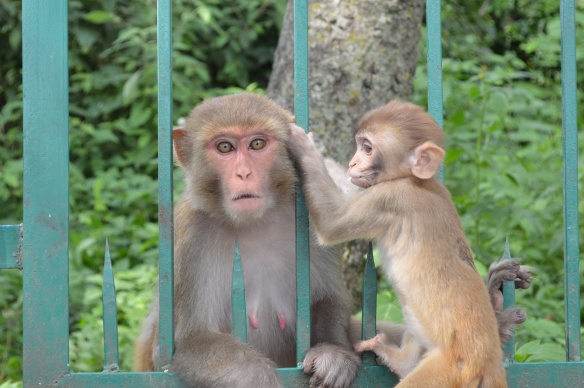Bhaktapur is a beautiful city that’s world famous for its historical and religious architecture. But I felt that it deserved a separate post here on its amazing array of living, ancient trades that I had never seen before in such hands-on detail all in one place. These weren’t museum activities, reenactments for tourists, or struggling ancient trades desperately trying to survive in modern society, but everyday life, money-making pursuits of Bhaktapur village.
As we walked through the narrow streets, almost every other open doorway had an ancient trade behind. We saw carvers, potters, metalwork, bakers and butchers, creating and crafting from raw materials without power or technology. We saw full processes and complimentary trades working side by side. It was particularly fascinating to see the clay arrive in bags, a potter spin pots, and then watch them dry in the sun before heading to the open air kilns.
It was also highly unusual to me that this other medieval world existed alongside a national and international tourist attraction that was still unspoilt, still preserved, and still part of living history. The city’s famous architecture must help support Bhaktapur’s economy, but the pots they made and the flour being ground was not just to produce tourist income. There were tourists shops and touts, but it was very low key. The town felt authentic but at the same time was familiar enough with outsiders that we didn’t feel voyeuristic as we walked around. A very difficult and rare balance achieved and an amazing glimpse into the past.

Typical Bhaktapur doorway with decorative lintel. Peering through one would reveal anything from a small living area to a trademan working.

Wheat (or rice?) being emptied into a grinder to make flour. We watched the white powder and husks being collected in sacks









































